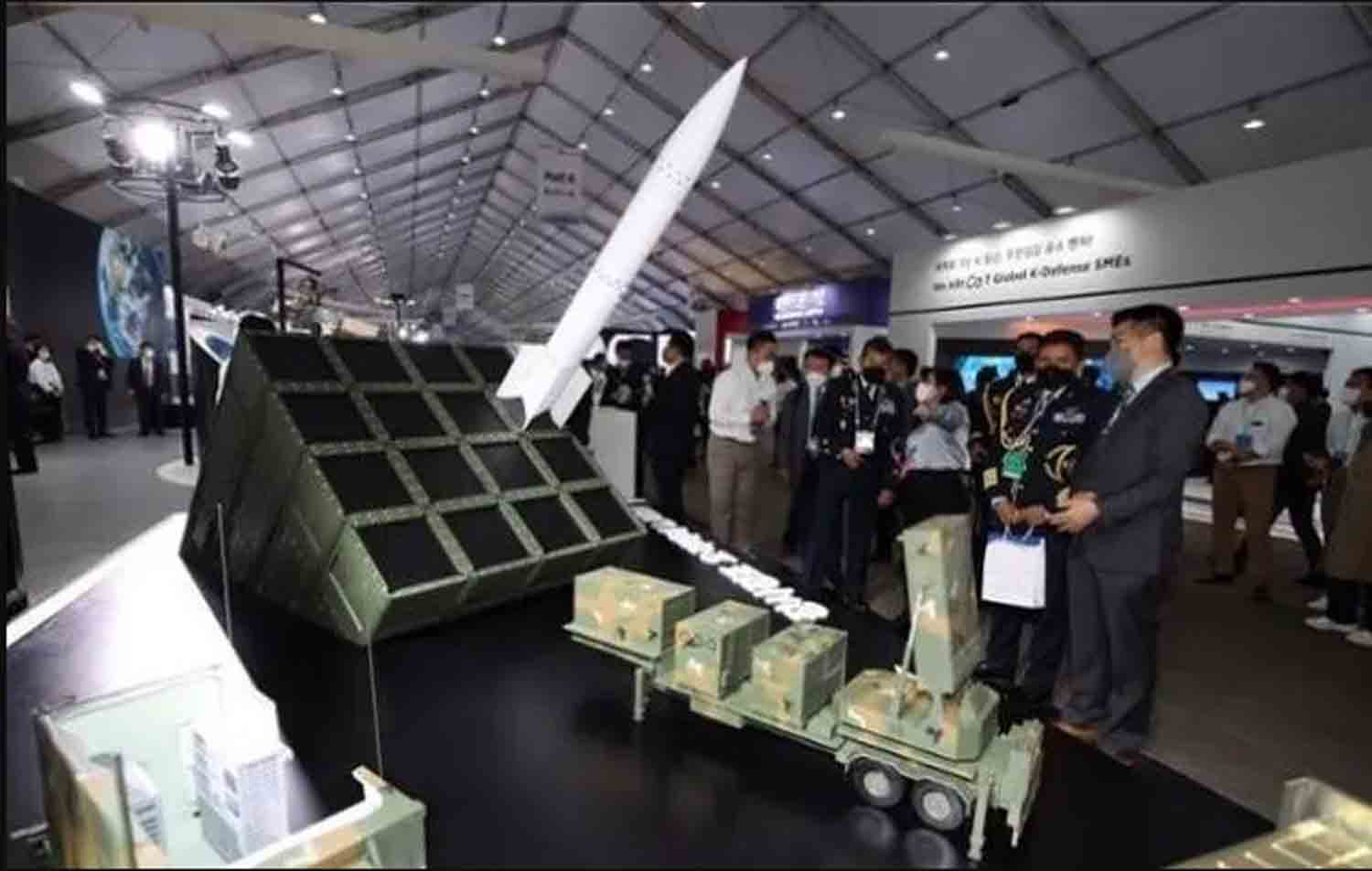The development of the fifth-generation light tactical fighter, the Su-75 Checkmate, has progressed to a significant level of readiness, instilling optimism regarding the program’s advancement, as stated by Korotkov to RIA Novosti. He noted that the aircraft’s future appears to be promising. Sukhoi, the Russian manufacturer, describes the Su-75 as a fifth-generation stealth fighter.
The concluding phase of developing an aircraft like the Su-75 Checkmate encompasses several critical processes. This phase is commonly known as the production readiness or final assembly and testing phase. During this period, all design components are finalized, transitioning the aircraft from a prototype to a model ready for production.
This phase involves comprehensive ground testing to confirm that all systems operate as expected. The aircraft undergoes thorough evaluations for structural integrity, avionics, propulsion systems, and weapon integration. Any necessary last-minute modifications or enhancements based on these assessments are implemented to maximize performance and safety.
Following ground testing, the emphasis shifts to flight testing. The aircraft conducts its inaugural flight, succeeded by a series of test flights that progressively challenge the aircraft to assess its performance limits, handling characteristics, and system reliability across various conditions. These flights are crucial for collecting data to make final adjustments in software, hardware, or design.
Manufacturing processes are concurrently optimized to facilitate the serial production of aircraft while maintaining uniform quality. This includes establishing production lines, training staff, and ensuring that supply chains for materials and components are effectively organized.
Furthermore, the aircraft undergoes a certification process to ensure compliance with national or international safety, performance, and reliability standards. This stage requires comprehensive documentation, additional testing, and, in some cases, modifications to meet regulatory criteria.
This phase is vital as it determines whether the aircraft can transition from development to operational readiness, allowing for delivery to customers or integration into military service.
The success of this stage is often evident in the aircraft’s ability to attract orders both domestically and internationally, signifying the shift from a developmental project to an active asset within the Air Force.
The Su-75 Checkmate, created by the Russian manufacturer Sukhoi, is a fifth-generation, single-engine light tactical fighter designed to provide high performance at a competitive cost, as claimed by Russian sources.
Introduced at the MAKS 2021 international aviation exhibition in Zhukovsky, Russia, and subsequently showcased at the Dubai Airshow 2021, the Checkmate is characterized as a stealth fighter with capabilities intended to rival the American F-35 Lightning II.
According to Russian reports, the aircraft’s design was created using a supercomputer, which notably shortened the usual timeframe for testing and production, with aspirations for a maiden flight in 2023 and serial manufacturing by 2026. However, the initial flight has been postponed, and no specific date has been provided for 2024.
The Su-75 is equipped with a sophisticated multi-band passive detection system that allows it to engage targets without being detected. It boasts an active phased array radar (APAR) capable of tracking up to 30 targets and engaging six simultaneously, even in conditions of significant electronic interference.
Additionally, the aircraft features the KOEPS-75 optoelectronic targeting system, which is effective against both aerial and ground threats. It is powered by a single engine with thrust ranging from 14,500 kgf to 16,000 kgf, along with an auxiliary power unit that enhances its take-off and landing performance due to a favorable thrust-to-weight ratio.
In terms of armament, the Checkmate is designed with five concealed weapon bays and 11 external weapon attachment points, allowing it to carry a combat payload of 7,400 kg.
It is capable of deploying both guided and unguided munitions, including short-range missiles such as the RVV-MD with a range of 40 km and medium-range missiles like the RVV-SD, which can reach up to 110 km.
The aircraft is designed for ground attack and is capable of deploying a range of precision-guided munitions, such as the Kh-38MLE/MTE and anti-radar missiles like the Kh-58USHKE.
According to reports from Russian state media, three variants of the Su-75 are under development: a single-seat model, a two-seat version, and an unmanned variant. Patents submitted to the Russian Federal Intellectual Property Service indicate modifications to the initial design, highlighting ongoing efforts to advance these variants.
These design modifications focus on enhancing the wing and fuselage to boost performance and cost efficiency, with a particular aim to appeal to international buyers by incorporating their feedback.
However, despite the ambitious marketing strategies and development initiatives, the Su-75 Checkmate encounters considerable obstacles. The ongoing conflict in Ukraine has diverted Russia’s resources and attention, resulting in delays in the aircraft’s development schedule. Additionally, financial limitations and the repercussions of international sanctions have further hindered the project’s advancement.
As of now, the aircraft has not secured any confirmed orders from foreign nations, although there are indications of interest from countries such as India and Nigeria. The absence of confirmed buyers and production setbacks have led some analysts to express skepticism about the project’s feasibility, with some Western media referring to it as “vaporware.”
In conclusion, the Su-75 Checkmate signifies a bold initiative by Russia to enhance its foothold in the fifth-generation fighter sector. However, the transition from an initial concept to a fully operational aircraft has encountered numerous setbacks, including delays, financial obstacles, and geopolitical issues.
Despite these challenges, the Russian aerospace sector remains committed to advancing the project, aiming to not only bolster its own military capabilities but also to secure a position in the global market.
Discover more from Defence Talks | Defense News Hub, Military Updates, Security Insights
Subscribe to get the latest posts sent to your email.





